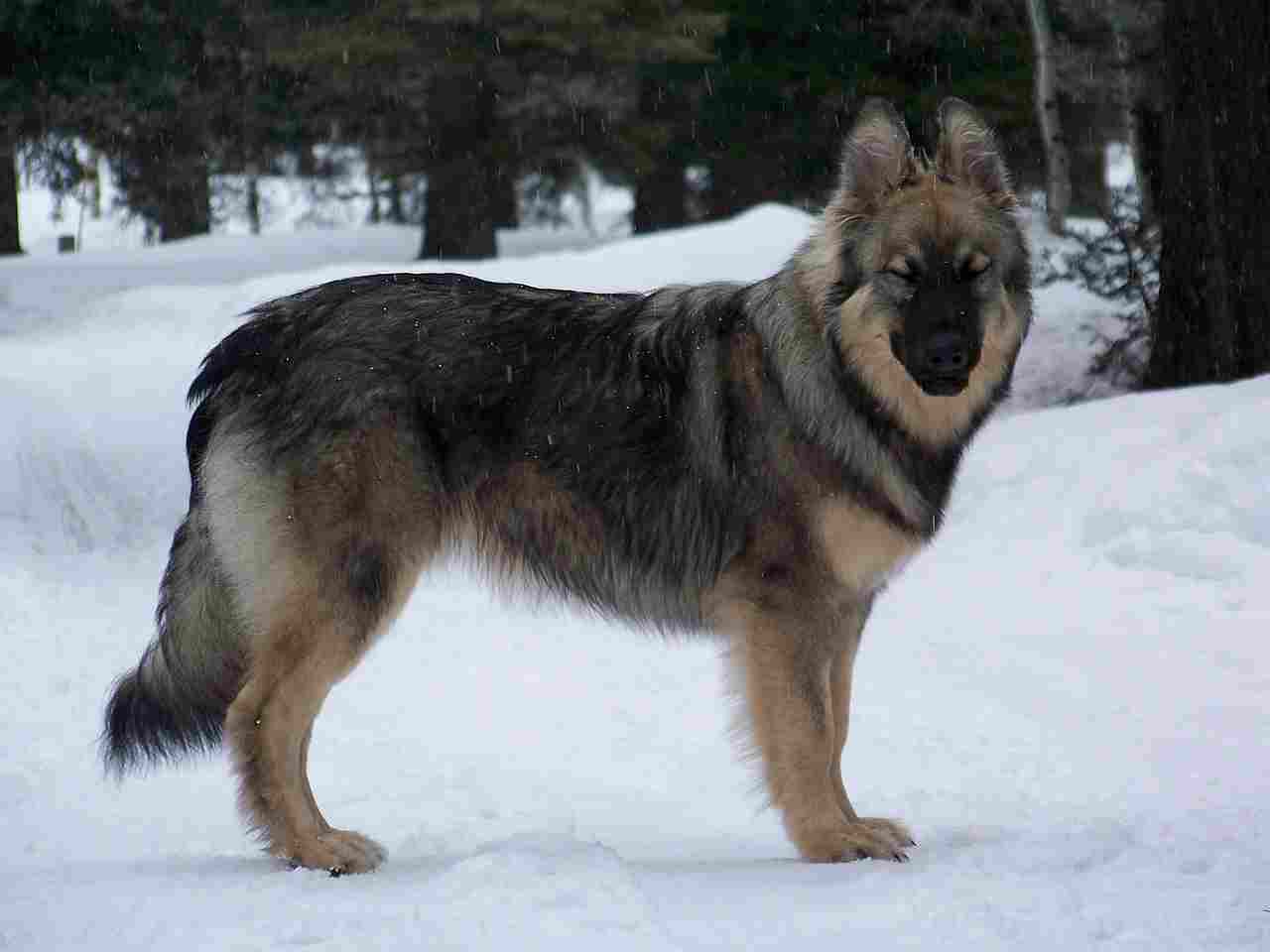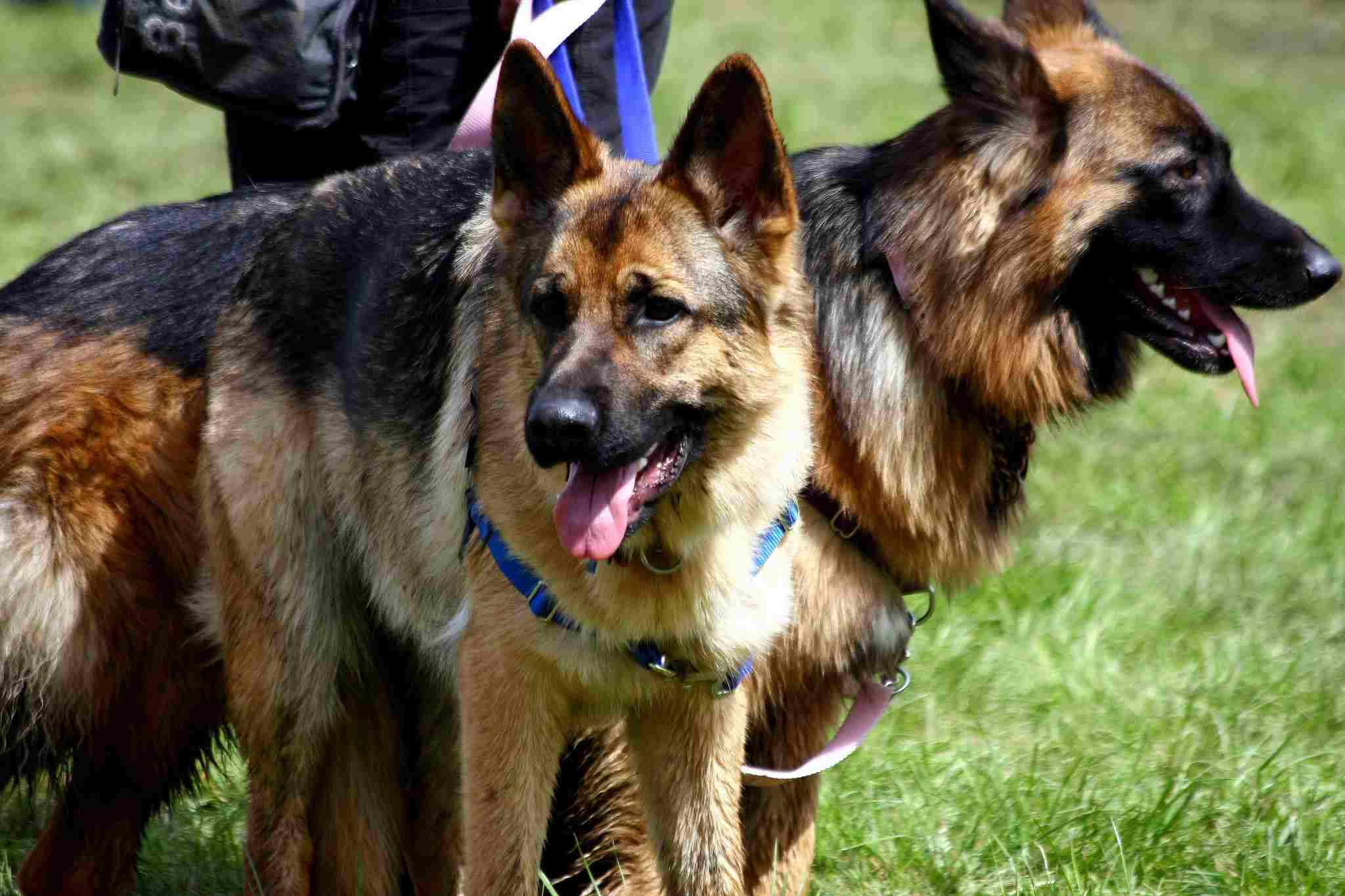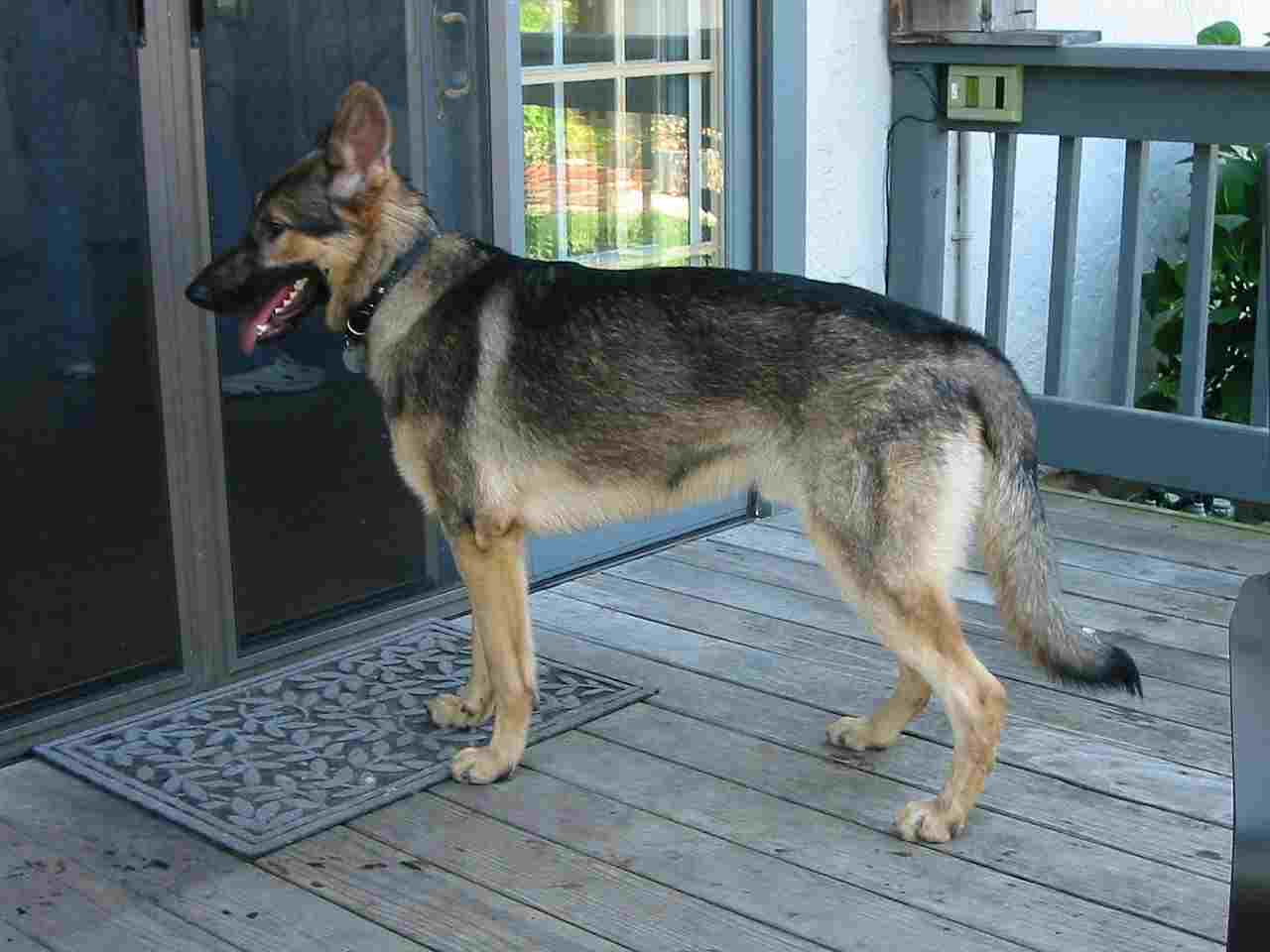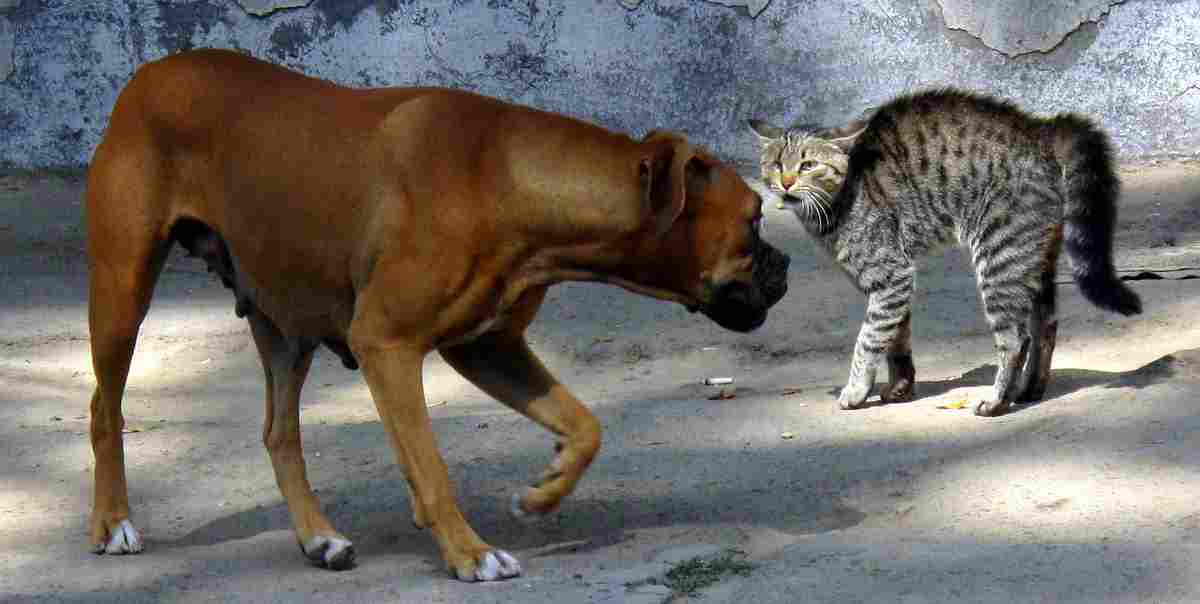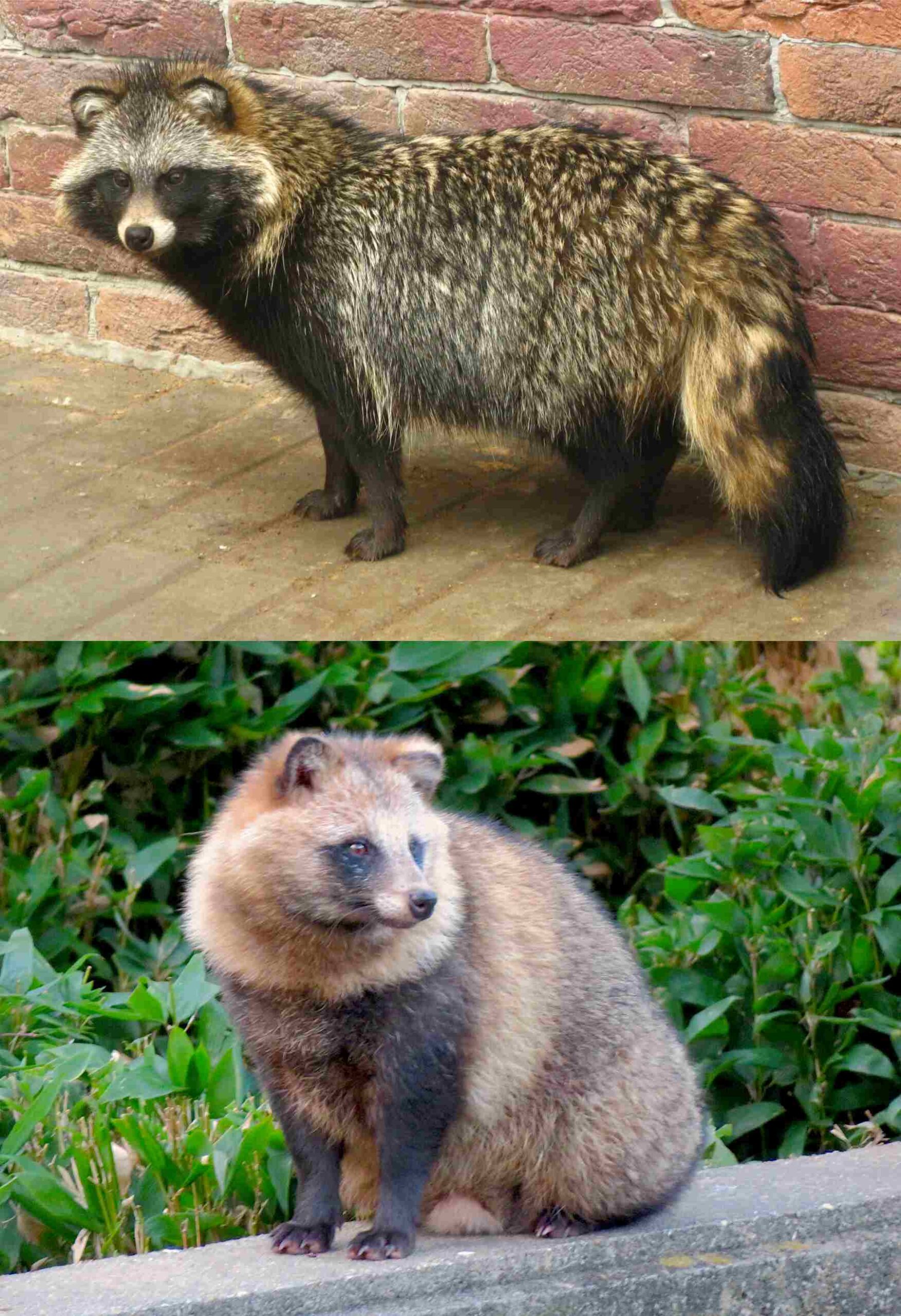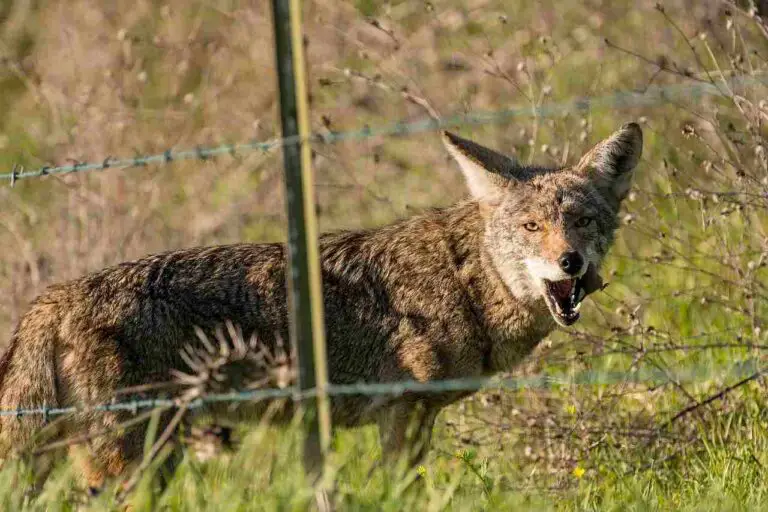Raccoon Vs Dog Who Wins, Overall Comparison
In exploring a confrontation between a raccoon and a dog, we analyze the potential outcomes shaped by the size and breed of the dog. While larger breeds like the German Shepherd and Rottweiler may hold advantages in strength and size, the raccoon’s wild predatory features and instincts can prove lethal in engagements with smaller dog breeds.
Raccoon vs Dog Fight Prediction: Evaluating Size and Predatory Dynamics
Within the context of a raccoon facing off against a dog, the interplay of shared and distinct traits unveils a complex dynamic. The size and breed of the dog emerge as critical factors, with larger breeds presenting a more formidable challenge to raccoons, while smaller dog breeds may succumb to the raccoon’s wild predatory nature.
I). Dog’s Size and Breed:
– Larger dog breeds, such as the German Shepherd and Rottweiler, bring substantial advantages in terms of size, strength, and overall physical prowess. These attributes position them as formidable opponents in a potential confrontation.
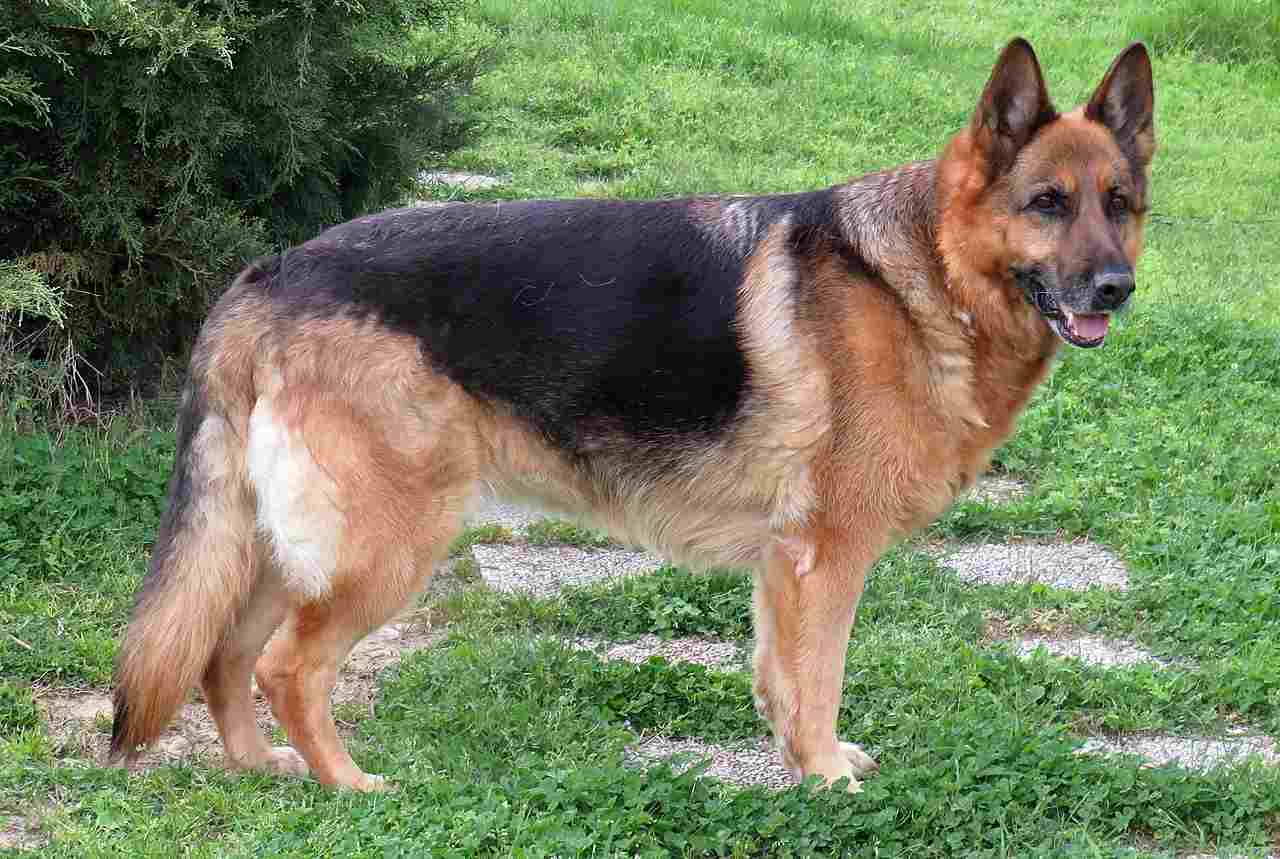
II). Raccoon’s Wild Predatory Features:
– Raccoons, driven by their wild predatory instincts, possess sharp claws and teeth, making them capable adversaries. Their agility and adaptability in combat situations contribute to their effectiveness in smaller-scale confrontations.
III). Small Dog Breeds:
– Smaller dog breeds may face greater vulnerability in a confrontation with a raccoon due to their relatively diminutive size and limited physical strength. The raccoon’s predatory features become more pronounced in these scenarios.
IV). Size and Strength Disparities:
– The inherent size and strength disparities between larger dog breeds and raccoons favor the dogs in a physical confrontation. The German Shepherd and Rottweiler, with their robust builds, are better equipped to withstand and counter the raccoon’s advances.
V). Predicting Outcomes:
– In a hypothetical fight, a larger dog breed like the German Shepherd or Rottweiler is likely to emerge victorious over a raccoon due to its superior size, strength, and overall physical capabilities. However, when facing smaller dog breeds, the raccoon’s predatory features may tip the balance in its favor.
VI). Real-World Observations:
– Real-world interactions between dogs and raccoons can vary based on factors such as territory, individual temperament, and the specific breeds involved. Larger dog breeds generally have the advantage, but the raccoon’s predatory nature can present a threat to smaller dog breeds.

VII). Overall Dynamics:
– This analysis highlights the pivotal role of size and breed in predicting outcomes in a raccoon vs dog scenario. While larger dog breeds hold the upper hand, the raccoon’s wild predatory features remain a potent factor, emphasizing the importance of considering these nuances in assessing potential confrontations.
*Details of Comparison
| Criteria | Raccoon | Dog |
| Appearance | Grayish-brown fur, black mask, compact build |
Diverse fur colors, varied body types
|
| Size | 16 to 28 inches |
Varies significantly by breed
|
| Weight | 8 to 20 pounds |
Wide range, from a few to over 100 pounds
|
| Bite Force (PSI) | Around 60 PSI |
Varies widely, e.g., German Shepherds around 238 PSI
|
| Physical Offensive Advantages | Sharp claws, teeth for climbing |
Varies by breed, strong jaws or specialized hunting abilities
|
| Physical Defensive Advantages | Climbing ability, agility |
Bark, bite, protective behavior
|
| Speed | Agile climbers, not fast runners |
Varies widely by breed
|
| Agility | Highly agile, especially in trees |
Agility varies, some breeds excel in competitions
|
| Senses | Excellent night vision, acute touch, strong smell |
Varied across breeds; keen sense of smell and hearing
|
| Overall Physical Capacity | Agile climbers, versatile swimmers |
Diverse capacities based on breed; running, swimming, herding
|
| Habitat Preference(s) | Adaptable to various environments |
Domesticated, habitat depends on breed
|
| Tracks | Hand-like tracks with five toes |
Paw prints vary by breed
|
| Lifespan | 2 to 3 years in the wild |
Varies by breed, generally 8 to 15 years
|
| Mode of Feeding | Omnivores, diverse diet |
Carnivores, adapted to human-influenced diets
|
| Intelligence | Highly intelligent with problem-solving abilities |
Varies by breed, some highly intelligent
|
| Social Behavior | Generally solitary, may form loose groups |
Domestic dogs display varied social behaviors
|
| Mode of Reproduction | Polygamous mating system, seasonal breeding |
Breeding depends on breed; may occur year-round
|
| Parental Behavior | Female cares for young |
Varies; domestic dogs may exhibit different levels of parental care
|
| Proximity to Human-Inhabited Areas | Highly adaptable to urban environments |
Domesticated, found in urban, suburban, and rural areas
|
| Behavior Toward Humans | Generally cautious |
Behavior varies by breed, influenced by socialization
|
| Danger Posed to Humans | Generally low risk; may carry diseases |
Risk depends on training and breed characteristics
|
| Associated Precautions | Minimize attractants, secure trash bins |
Responsible ownership, training, and socialization
|
| Conservation Status | Least Concern (LC) |
Various breeds; no global conservation status
|
| Conclusion – Similarities |
Adaptability, diverse characteristics
|
|
| Conclusion – Differences |
Wildlife vs. domestication, varying ecological roles
|
Key Points
- Similarities:
- Adaptability to human-influenced environments.
- Diverse characteristics across individuals and breeds.
Differences:
-
- Raccoons are wildlife with distinct ecological roles.
- Dogs have a long history of domestication and diverse roles shaped by selective breeding.
- Varying ecological implications of their behaviors and characteristics.
1. Taxonomy:
Raccoon (Procyon lotor):
Kingdom: Animalia
Phylum: Chordata
Class: Mammalia
Order: Carnivora
Family: Procyonidae
Genus: Procyon
Species: lotor
Dog (Canis lupus familiaris):
Kingdom: Animalia
Phylum: Chordata
Class: Mammalia
Order: Carnivora
Family: Canidae
Genus: Canis
Species: lupus familiaris
2. Appearance:
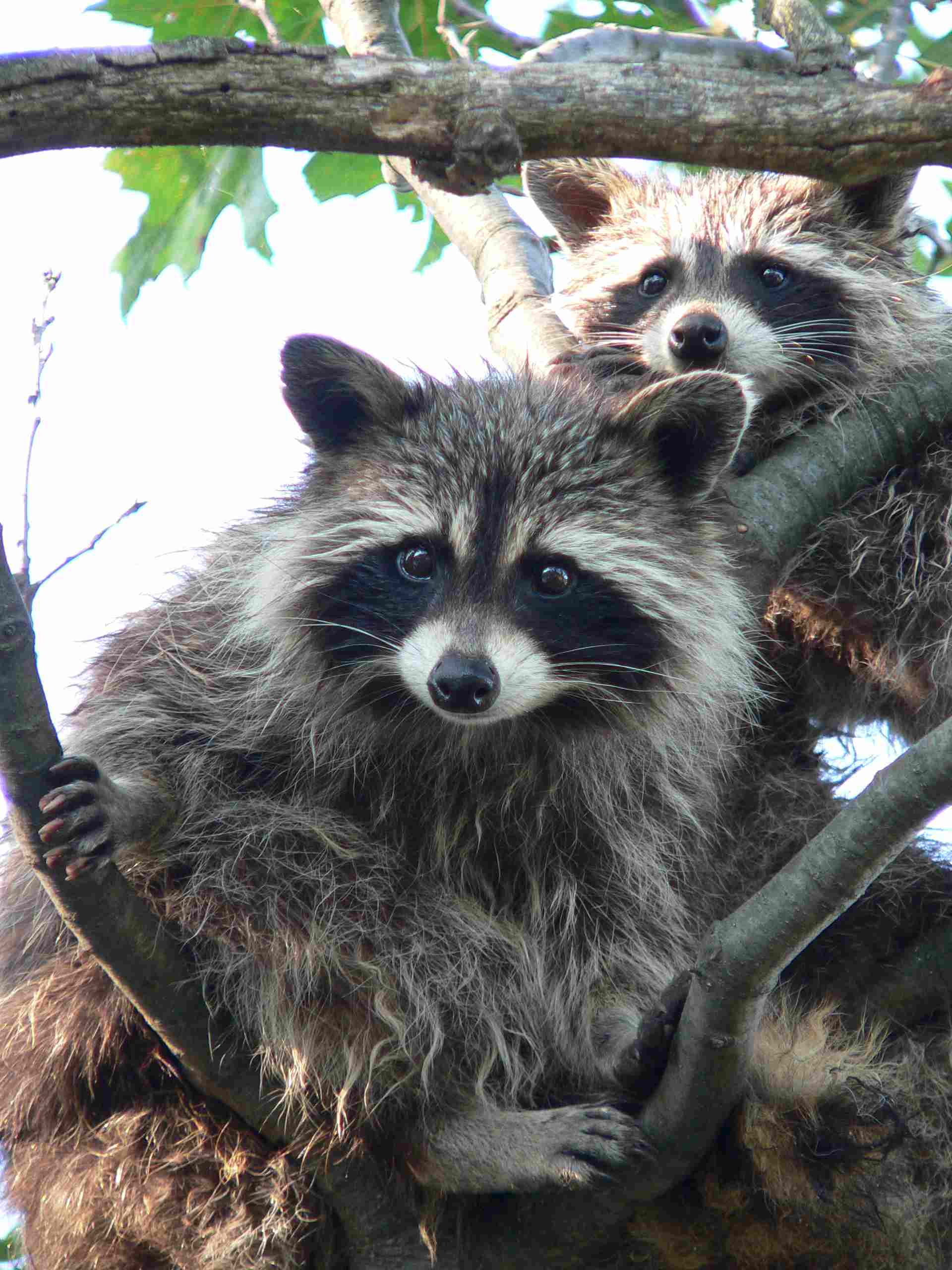
Raccoon:
Fur: Grayish-brown with a distinctive black mask over the eyes.
Tail: Bushy, ringed tail.
Build: Compact, with short legs and a hunched posture.
Dog:
Fur: Varies greatly in color and length across breeds.
Tail: Length and shape vary, often straight or curled.
Build: Diverse body types, ranging from small and compact to large and athletic.
Comparison: Raccoons have a more uniform appearance across individuals, while dogs exhibit vast diversity due to selective breeding.
Ecological Implications: Raccoon coloration provides camouflage in wooded environments, aiding in their nocturnal activities. Dog breeds may have physical traits shaped by human preferences or specific roles (e.g., herding, hunting).
3. Size:
Raccoon:
Length: 16 to 28 inches (excluding tail).
Dog:
Varies significantly by breed, from small (Chihuahua) to large (Great Dane).
Comparison: Dogs exhibit a broader size range, with breeds specialized for various tasks, while raccoons maintain a more consistent size within their species.
Ecological Implications: Raccoons’ moderate size allows them to navigate diverse habitats, while dogs’ size variations align with their specific roles, influencing their ecological niche.
4. Weight:
Raccoon:
Typically 8 to 20 pounds.
Dog:
Ranges widely; from a few pounds (e.g., Toy breeds) to over 100 pounds (e.g., Mastiffs).
Comparison: The weight of dogs varies considerably, reflecting the extensive diversity in breeds, whereas raccoons exhibit a more consistent weight range.
Ecological Implications: Dog size and weight relate to their roles as companions, guards, or workers, while raccoons’ moderate weight contributes to their adaptability in urban and natural environments.
5. Bite Force (PSI – Pounds per Square Inch):
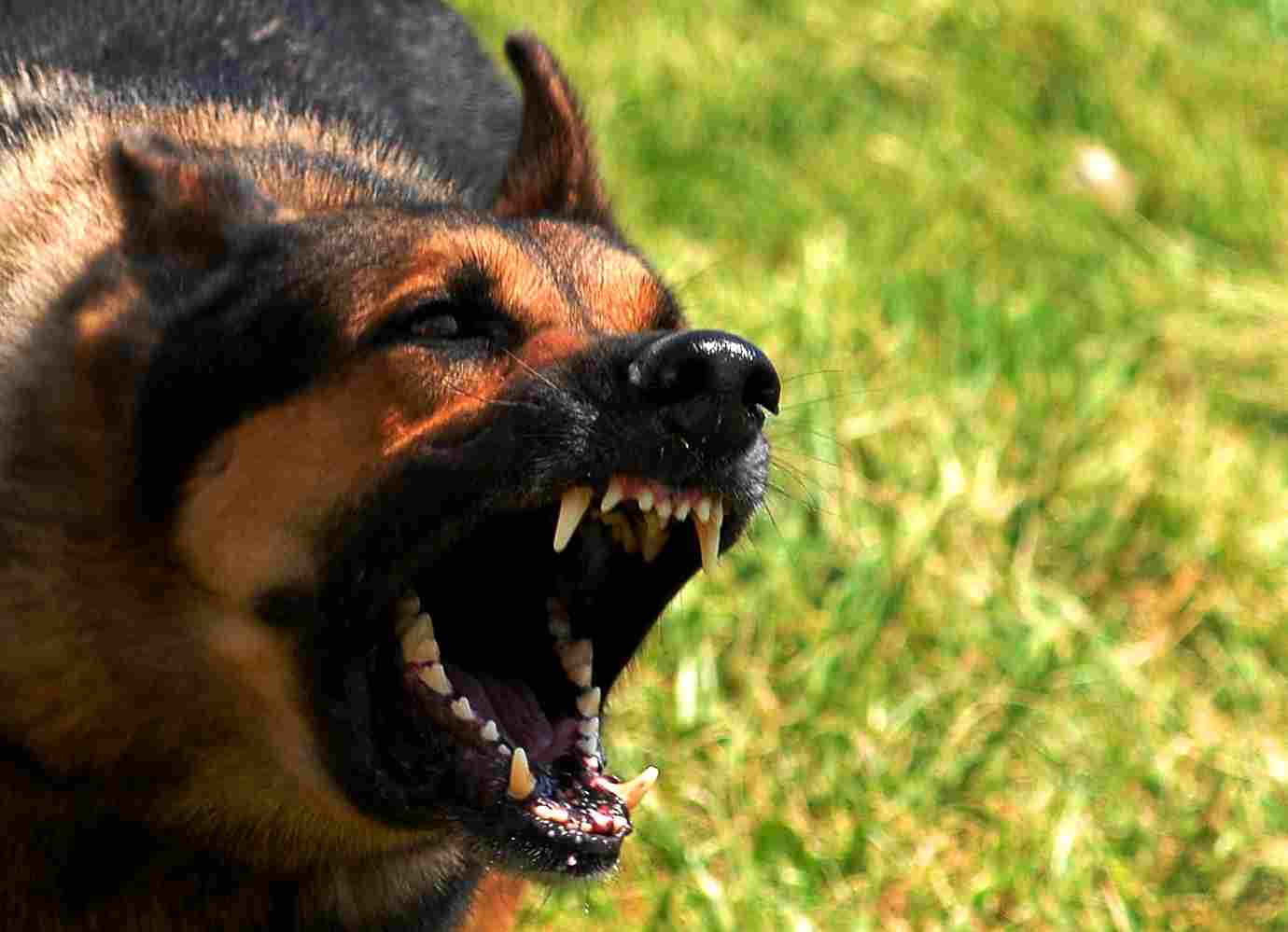
Raccoon:
Estimated around 60 PSI.
Dog:
Varies widely by breed; e.g., German Shepherds may reach around 238 PSI.
Comparison: Dogs generally have a higher bite force than raccoons, with significant variation among breeds.
Ecological Implications: Raccoons use their bite force for various tasks like cracking shells, while dog bite force correlates with their historical roles in hunting or guarding.
6. Physical Offensive Advantages:
Raccoon:
Sharp claws and teeth for climbing and self-defense.
Dog:
Varied based on breed; can have strong jaws, speed, or specialized hunting abilities.
Comparison: Raccoons rely on claws and agility, while dogs may employ biting strength, speed, or specialized skills.
Ecological Implications: Raccoons’ offensive abilities aid in arboreal locomotion and self-defense, while dogs’ offensive traits align with their historical roles, such as hunting or guarding.
7. Physical Defensive Advantages:
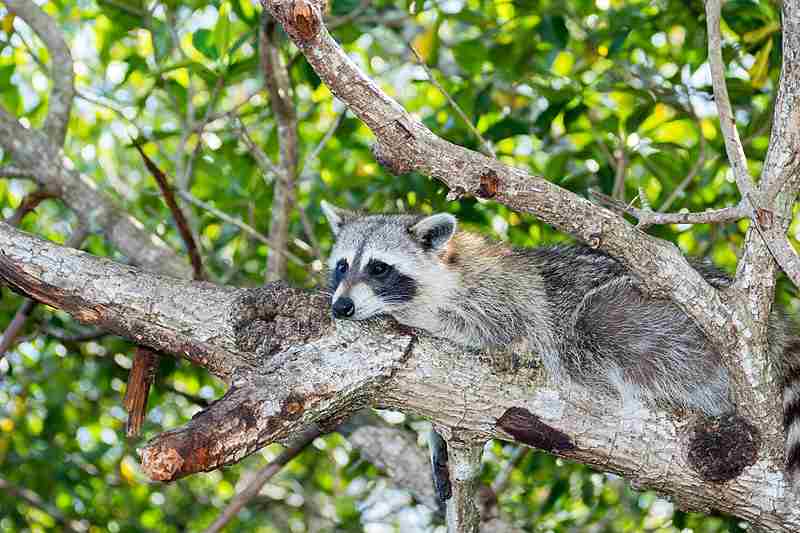
Raccoon:
Climbing ability, agility, and defensive postures.
Dog:
Bark, bite, and body language as deterrents; some breeds may exhibit protective instincts.
Comparison: Raccoons depend on agility and climbing for defense, whereas dogs may use vocalization, biting, or protective behavior.
Ecological Implications: Raccoons’ defensive strategies align with their arboreal lifestyle and nocturnal habits, while dogs’ defenses may be shaped by their roles as companions or guards.
8. Speed (Km/hour or Mile/hour):
Raccoon:
Agile climbers but not particularly fast runners.
Dog:
Speed varies widely among breeds; e.g., Greyhounds are known for high speeds.
Comparison: Dogs generally exhibit greater variation in running speeds, while raccoons excel in climbing agility.
Ecological Implications: Dog speed reflects their historical roles in hunting or herding, while raccoons’ agility aids in navigating varied environments.
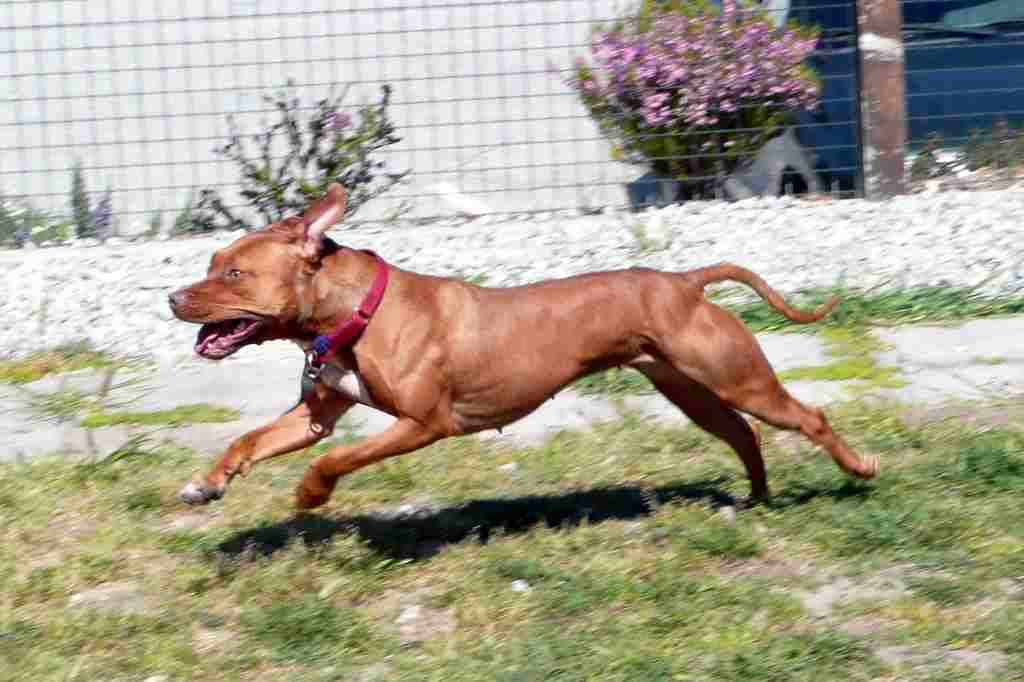
9. Agility:
Raccoon:
Highly agile, especially in trees and urban settings.
Dog:
Agility varies; some breeds excel in agility competitions.
Comparison: Raccoons are naturally agile climbers and maneuver well in diverse environments. Certain dog breeds may match or surpass raccoons in agility.
Ecological Implications: Raccoons’ agility is essential for their arboreal lifestyle and navigating urban landscapes, while dog agility may be linked to specific tasks or activities associated with their breed.
10. Senses:
Raccoon:
Excellent night vision, acute sense of touch, and a strong sense of smell.
Dog:
Varied sensory abilities across breeds; generally have a keen sense of smell and hearing.
Comparison: Raccoons excel in night vision, touch, and smell, while dogs exhibit varied sensory strengths based on their breed characteristics.
Ecological Implications: Raccoons’ heightened senses are adapted to their nocturnal and omnivorous lifestyle, while dogs’ sensory abilities align with their historical roles in hunting, herding, or companionship.
11. Overall Physical Capacity:
Raccoon:
Agile climbers, versatile swimmers, and adept at exploring various environments.
Dog:
Wide range of physical capacities based on breed; may include running, swimming, herding, or guarding.
Comparison: Raccoons showcase adaptability in different terrains, while dogs’ physical capacities are diverse and tailored to specific roles.
Ecological Implications: Raccoons’ versatility allows them to exploit a variety of habitats, while dogs’ physical capacities are often shaped by their historical functions.
12. Habitat Preference(s):
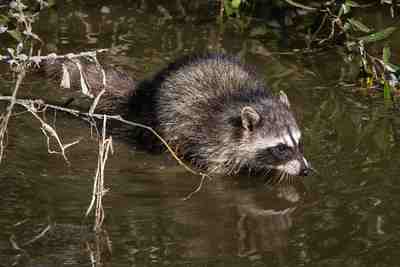
Raccoon:
Adaptable to various environments, including forests, urban areas, and wetlands.
Dog:
Domesticated; habitat depends on breed, ranging from urban settings to farms or open landscapes.
Comparison: Raccoons exhibit a broader ecological range, while dogs’ habitats depend on human association and specific breed characteristics.
Ecological Implications: Raccoons’ adaptability enables them to thrive in diverse habitats, while dogs’ habitat preferences are influenced by their domestication and selective breeding.
13. Tracks:
Raccoon:
Distinctive hand-like tracks with five toes; often show a diagonal walking pattern.
Dog:
Paw prints vary by breed but generally have claw marks; walking pattern depends on size and gait.
Comparison: Raccoon tracks are characterized by hand-like prints, whereas dog tracks vary widely based on breed size and morphology.
Ecological Implications: Recognizing tracks aids in understanding the presence and behavior of raccoons and dogs in different environments, contributing to ecological monitoring and conservation efforts.
14. Lifespan:
Raccoon:
Typically 2 to 3 years in the wild; may live longer in captivity.
Dog:
Lifespan varies significantly by breed; generally ranges from 8 to 15 years.
Comparison: Dogs generally have a longer lifespan, with considerable variation among breeds, while raccoons’ lifespans are comparatively shorter.
Ecological Implications: Differences in lifespan impact population dynamics, with dogs often forming longer-term bonds with humans compared to the more transient nature of raccoons.
15. Mode of Feeding:
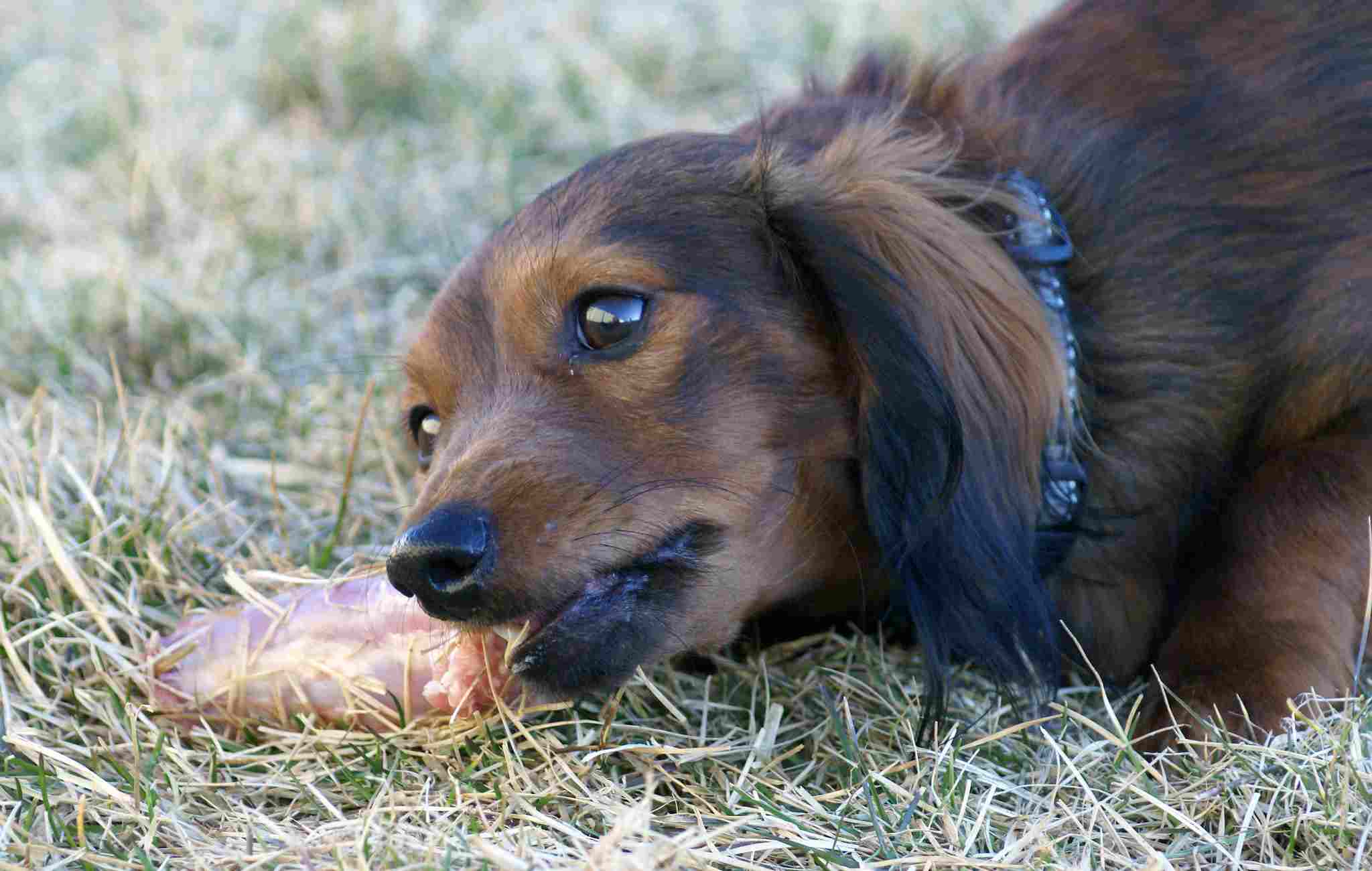
Raccoon:
Omnivores; diet includes fruits, nuts, insects, small animals, and scavenged human food.
Dog:
Carnivores, but domestication has led to varied diets; commercial dog food or home-cooked meals.
Comparison: Raccoons are opportunistic omnivores, whereas dogs, despite being carnivores, have adapted to human-influenced diets.
Ecological Implications: Raccoons’ diverse diet contributes to their adaptability in various environments, while dogs’ diet reflects their association with humans and the impact of domestication.
16. Raccoon Vs Dog Intelligence:
Raccoon:
Considered highly intelligent; problem-solving abilities, adaptability to various environments.
Dog:
Varies by breed; some are highly intelligent, while others may be more focused on physical tasks.
Comparison: Both raccoons and dogs demonstrate intelligence, with variations across individual animals and breeds.
Ecological Implications: Intelligence contributes to the adaptability and survival strategies of both raccoons and dogs in different ecological contexts.
17. Social Behavior:
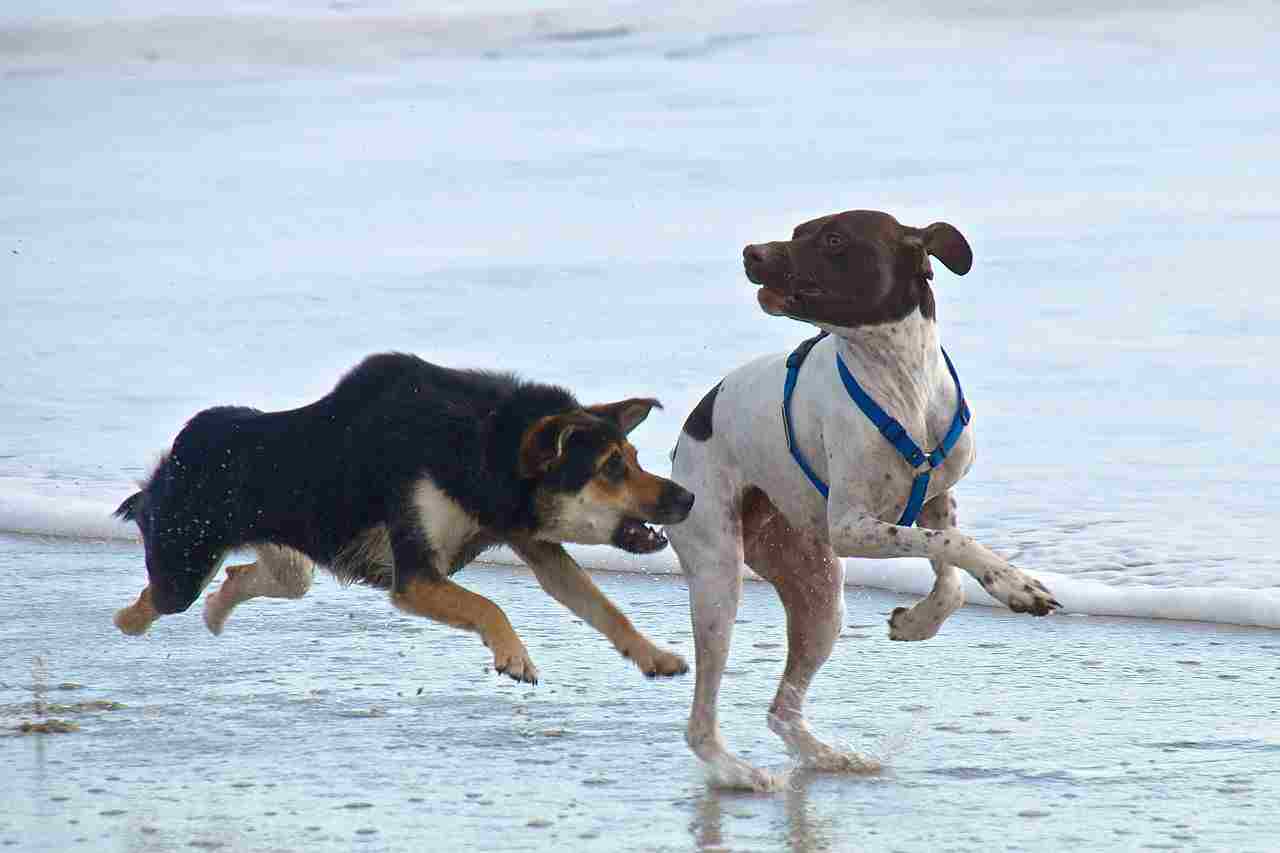
Raccoon:
Generally solitary, but may form loose groups, especially during mating season.
Dog:
Domestic dogs often display social behavior, forming packs or closely bonding with human families.
Comparison: Raccoons are typically more solitary, while dogs, especially domesticated ones, exhibit a wide range of social behaviors.
Ecological Implications: Social behaviors impact the ecological roles of raccoons and dogs; raccoons may have less complex social structures, while dogs’ social bonds with humans influence their behavior and ecological interactions.
18. Mode of Reproduction:
Raccoon:
Polygamous mating system; breeding season varies by region.
Dog:
Breeding depends on the breed; domestic dogs may breed year-round.
Comparison: Raccoons generally have a more defined breeding season, whereas dogs, especially domesticated ones, may breed throughout the year.
Ecological Implications: Breeding patterns impact population dynamics and ecological interactions; raccoons’ seasonal breeding may synchronize with environmental factors, while dogs’ year-round breeding can influence urban and rural ecosystems.
19. Parental Behavior:
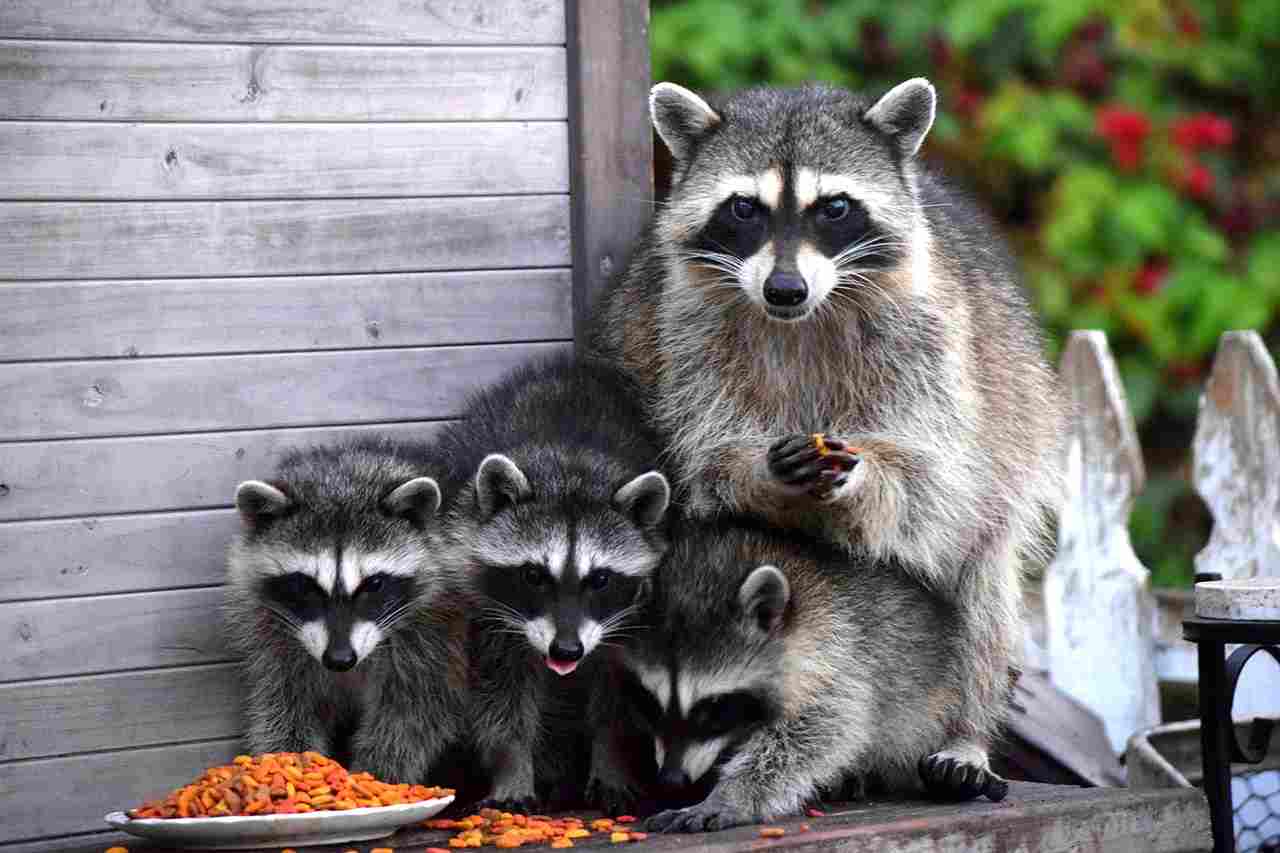
Raccoon:
Female cares for the young; kits stay with the mother until they are weaned.
Dog:
Domestic dogs may exhibit varying degrees of parental care; some breeds are more nurturing than others.
Comparison: Raccoon mothers play a primary role in caring for their young, while parental behavior in domestic dogs varies widely.
Ecological Implications: Parental care impacts the survival and development of offspring; raccoons’ maternal care contributes to kit survival in the wild, while in dogs, it may be influenced by selective breeding and domestication.
20. Proximity to Human-Inhabited Areas:
Raccoon:
Highly adaptable to urban environments; often found near human settlements.
Dog:
Domesticated and closely associated with humans; found in urban, suburban, and rural areas.
Comparison: Both raccoons and dogs exhibit a close proximity to human-inhabited areas, with raccoons adapting to urban environments, and dogs being domesticated companions.
Ecological Implications: Proximity to humans influences both species’ access to resources, interactions with human activities, and potential ecological impacts.
21. Behavior Toward Humans:
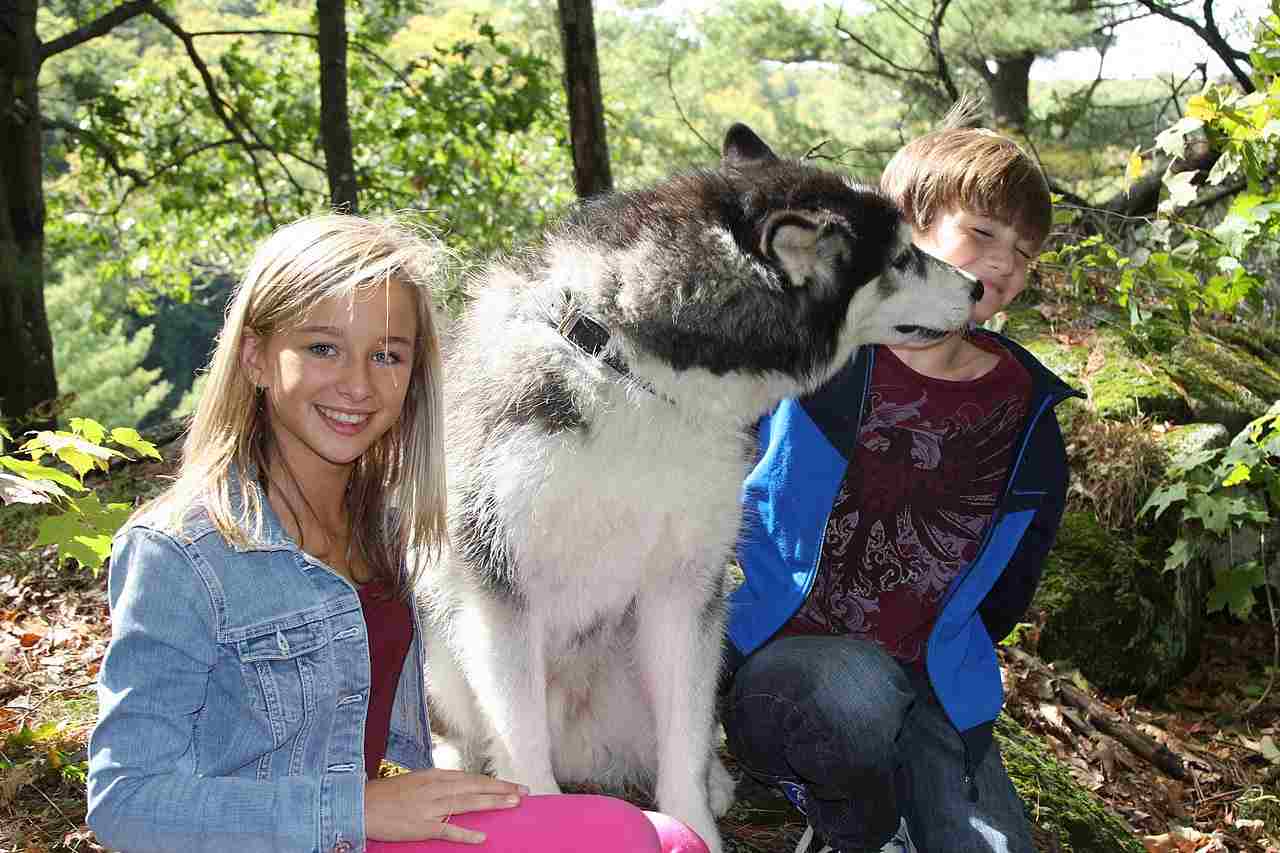
Raccoon:
Generally cautious but can become accustomed to human presence; may scavenge for food in urban areas.
Dog:
Behavior varies by breed; domestic dogs can range from highly sociable to more reserved or protective.
Comparison: Raccoons often display cautious behavior towards humans, while dogs’ behavior is diverse and influenced by their breed characteristics and socialization.
Ecological Implications: Human interactions with both raccoons and dogs can influence their behavior, habitat use, and overall ecological roles, impacting urban and natural ecosystems.
22. Danger Posed to Humans:
Raccoon:
Generally pose a low risk but can carry diseases such as rabies; may act defensively if cornered.
Dog:
Domestic dogs can be dangerous if not properly trained or socialized; certain breeds may have protective instincts.
Comparison: While raccoons may carry diseases, their risk to humans is generally lower than that of potentially aggressive or untrained dogs.
Ecological Implications: Human-wildlife interactions, as well as interactions with domestic dogs, can influence the perception of risk and impact ecological dynamics in urban and natural environments.
23. Associated Precautions:
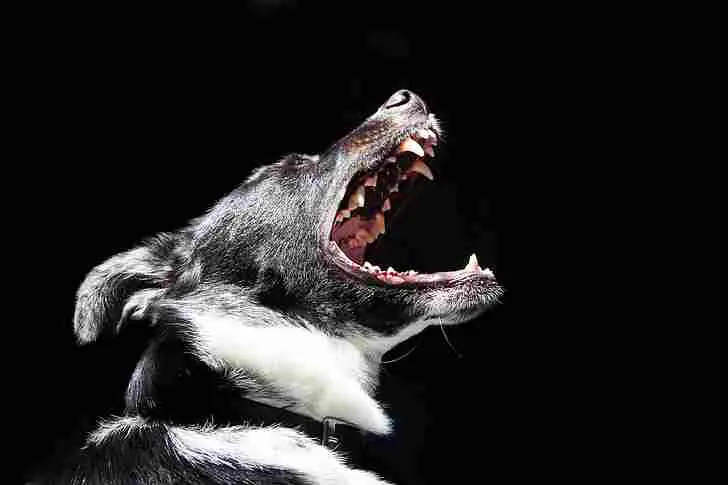
Raccoon:
Avoid direct contact, secure trash bins, and take measures to prevent access to food sources.
Dog:
Practice responsible pet ownership, proper training, and socialization to mitigate potential risks.
Comparison: Precautions for raccoons involve minimizing attractants, while precautions for dogs revolve around responsible ownership, training, and socialization.
Ecological Implications: Implementing precautions helps reduce negative interactions between humans, raccoons, and dogs, contributing to coexistence in shared environments.
24. Conservation Status:
Raccoon:
Least Concern (LC) on the IUCN Red List; widespread and adaptable.
Dog:
Various breeds; no global conservation status; some breeds may face challenges due to overbreeding or specific health issues.
Comparison: Conservation status is not applicable to domestic dogs as a whole, while raccoons are generally stable and not considered endangered.
Ecological Implications: The conservation status of raccoons reflects their adaptability, while challenges in certain dog breeds emphasize the importance of responsible breeding practices.
Summary of Comparison
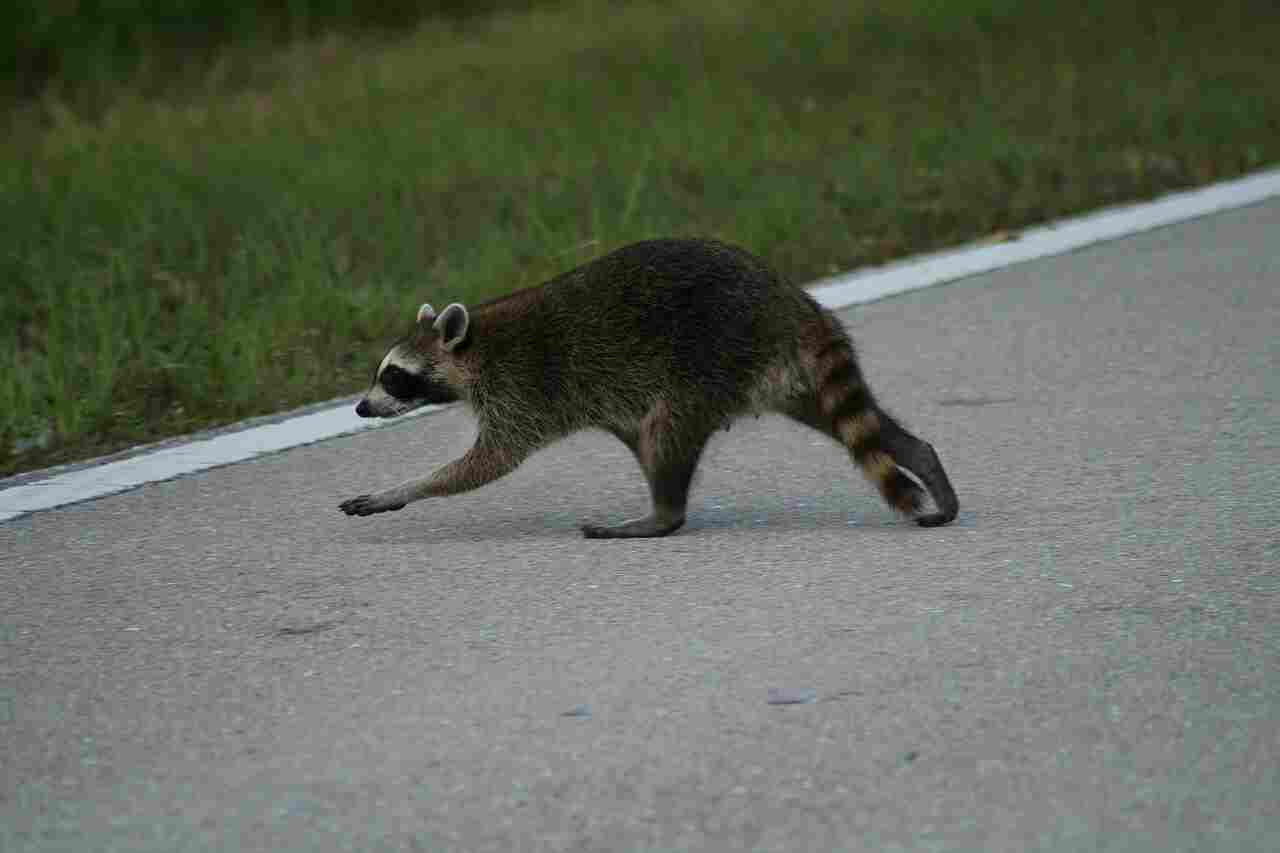
Appearance:
Raccoon: Grayish-brown fur, black mask, compact build.
Dog: Diverse fur colors and lengths, varied body types.
Size:
Raccoon: 16 to 28 inches in length.
Dog: Varies significantly by breed.
Weight:
Raccoon: 8 to 20 pounds.
Dog: Wide range, from a few pounds to over 100 pounds.
Bite Force (PSI):
Raccoon: Estimated around 60 PSI.
Dog: Varies widely, e.g., German Shepherds around 238 PSI.
Physical Offensive Advantages:
Raccoon: Sharp claws and teeth for climbing.
Dog: Varies by breed, including strong jaws or specialized hunting abilities.
Physical Defensive Advantages:
Raccoon: Climbing ability, agility.
Dog: Bark, bite, and protective behavior.
Speed:
Raccoon: Agile climbers, not fast runners.
Dog: Varies widely by breed.
Agility:
Raccoon: Highly agile, especially in trees.
Dog: Agility varies, some breeds excel in competitions.
Senses:
Raccoon: Excellent night vision, acute touch, strong smell.
Dog: Varied across breeds; keen sense of smell and hearing.
Overall Physical Capacity:
Raccoon: Agile climbers, versatile swimmers.
Dog: Diverse capacities based on breed; running, swimming, herding.
Habitat Preference(s):
Raccoon: Adaptable to various environments.
Dog: Domesticated, habitat depends on breed.
Tracks:
Raccoon: Hand-like tracks with five toes.
Dog: Paw prints vary by breed.
Lifespan:
Raccoon: 2 to 3 years in the wild.
Dog: Varies by breed, generally 8 to 15 years.
Mode of Feeding:
Raccoon: Omnivores, diverse diet.
Dog: Carnivores, adapted to human-influenced diets.
Intelligence:
Raccoon: Highly intelligent with problem-solving abilities.
Dog: Varies by breed, some highly intelligent.
Social Behavior:
Raccoon: Generally solitary, may form loose groups.
Dog: Domestic dogs display varied social behaviors.
Mode of Reproduction:
Raccoon: Polygamous mating system, seasonal breeding.
Dog: Breeding depends on breed; may occur year-round.
Parental Behavior:
Raccoon: Female cares for young.
Dog: Varies; domestic dogs may exhibit different levels of parental care.
Proximity to Human-Inhabited Areas:
Raccoon: Highly adaptable to urban environments.
Dog: Domesticated, found in urban, suburban, and rural areas.
Behavior Toward Humans:
Raccoon: Generally cautious.
Dog: Behavior varies by breed, influenced by socialization.
Danger Posed to Humans:
Raccoon: Generally low risk; may carry diseases.
Dog: Risk depends on training and breed characteristics.
Associated Precautions:
Raccoon: Minimize attractants, secure trash bins.
Dog: Responsible ownership, training, and socialization.
Conservation Status:
Raccoon: Least Concern (LC).
Dog: Various breeds; no global conservation status.
Conclusion
I. Similarities
Both raccoons and dogs exhibit adaptability to human-influenced environments.
Each species showcases diverse characteristics across individuals and breeds.
II. Differences
Raccoons are wildlife with distinct ecological roles, while dogs have a long history of domestication and diverse roles shaped by selective breeding.
Ecological implications vary, highlighting the complex interactions between humans, wildlife, and domesticated animals in shared environments.
